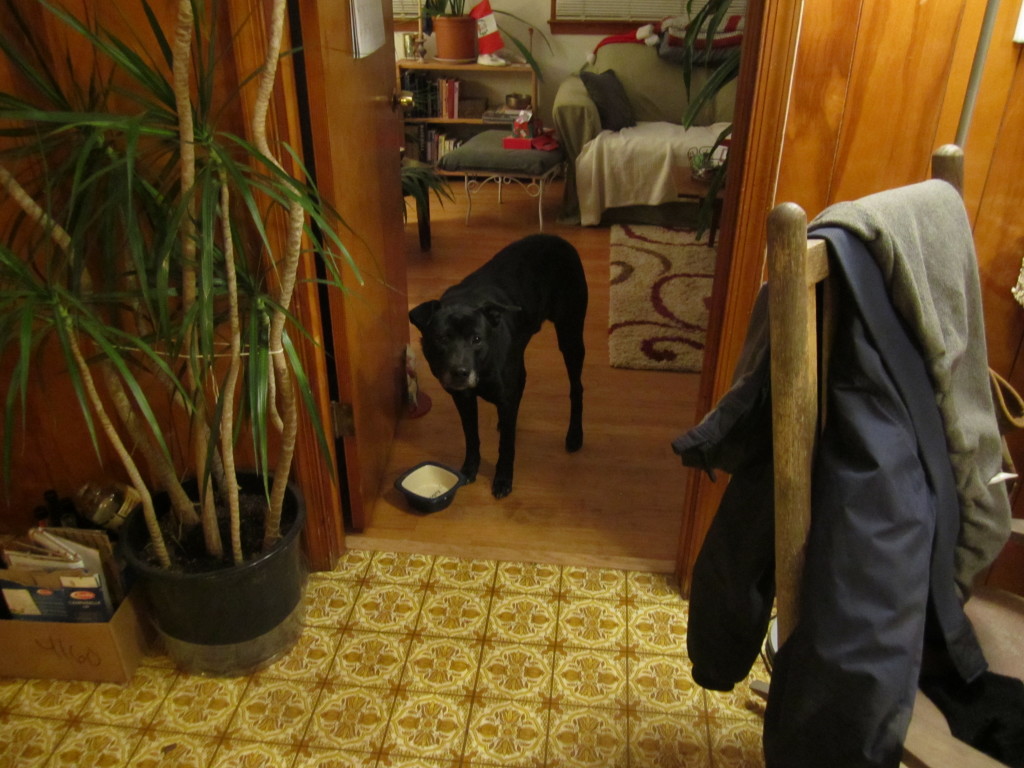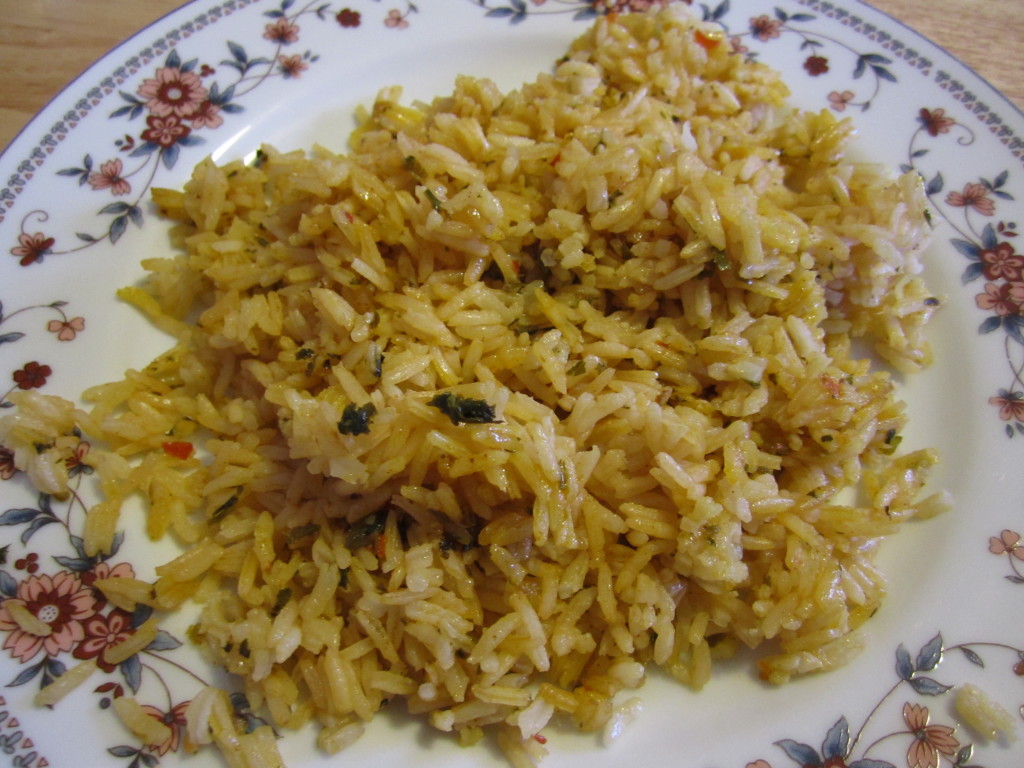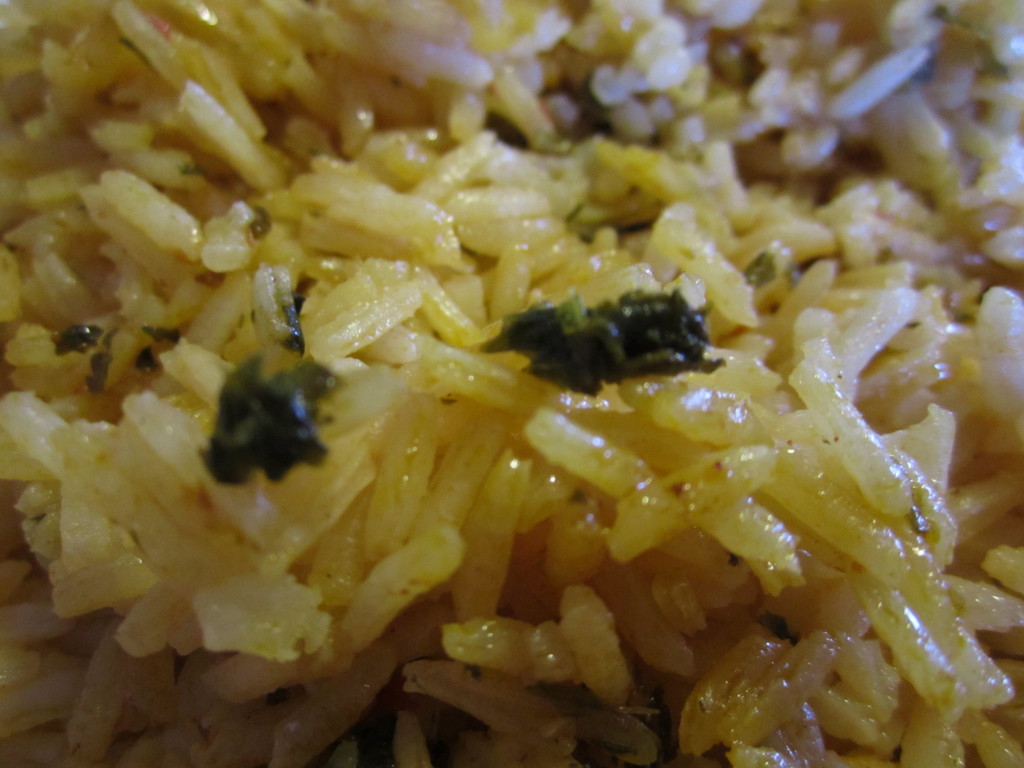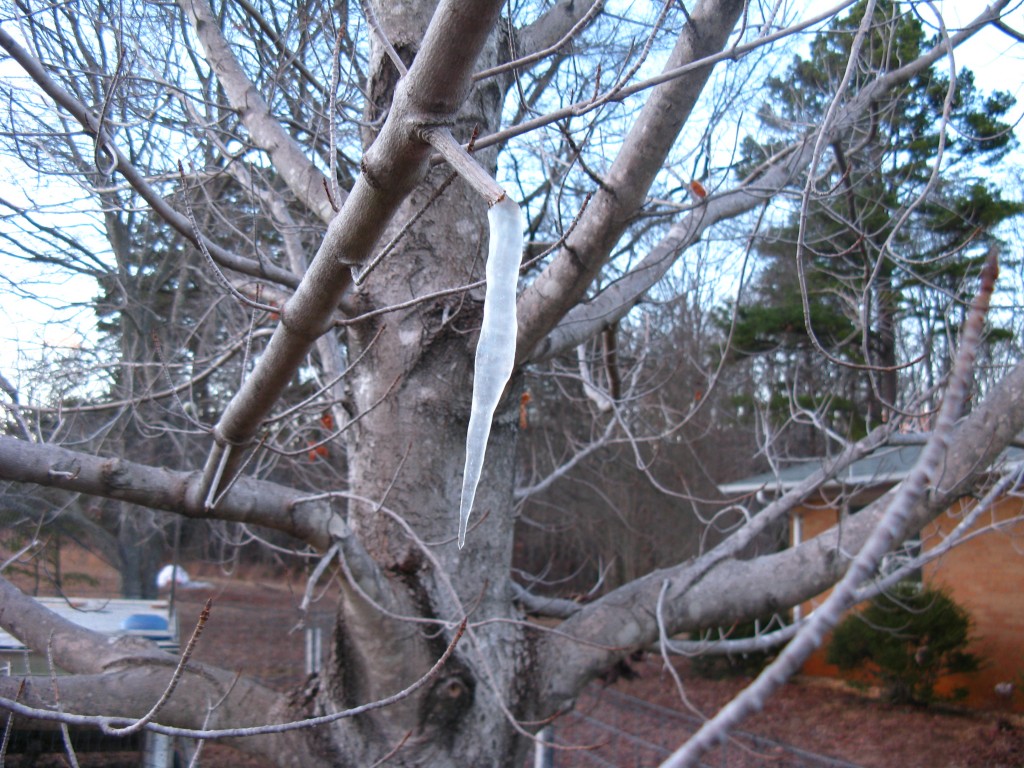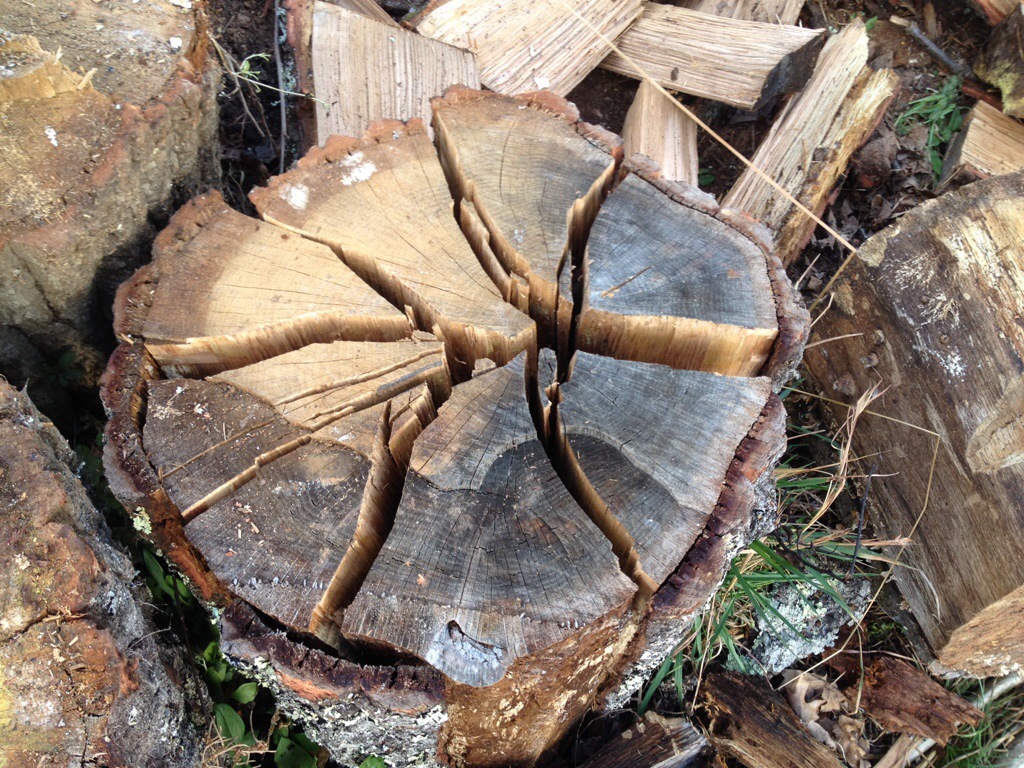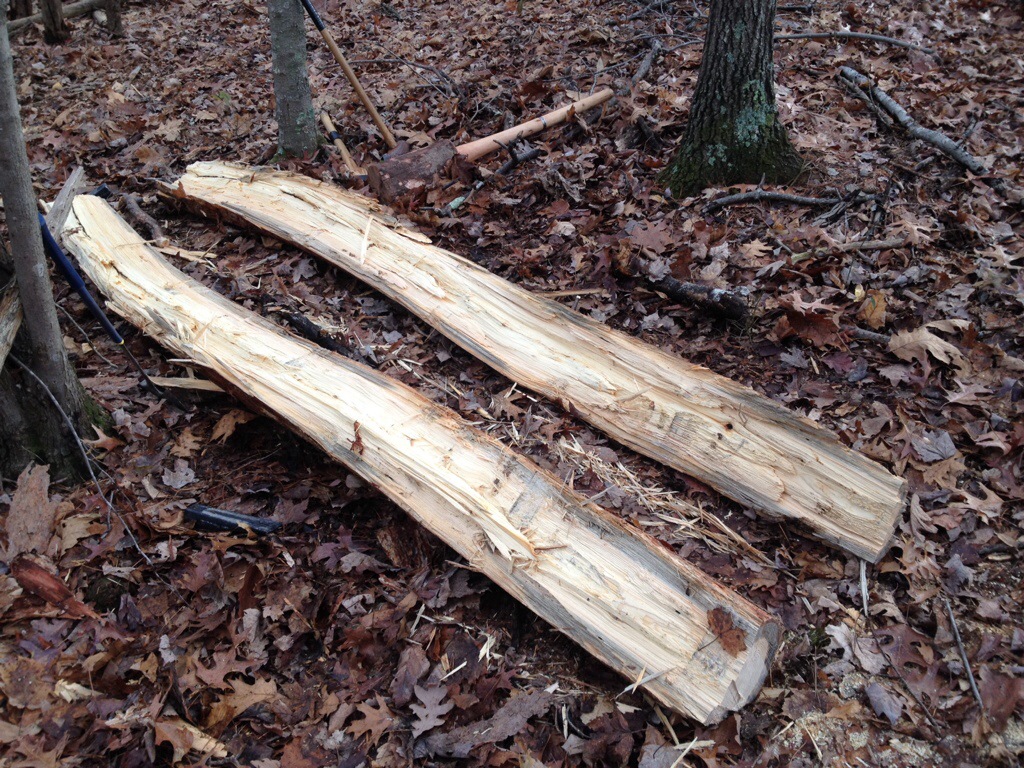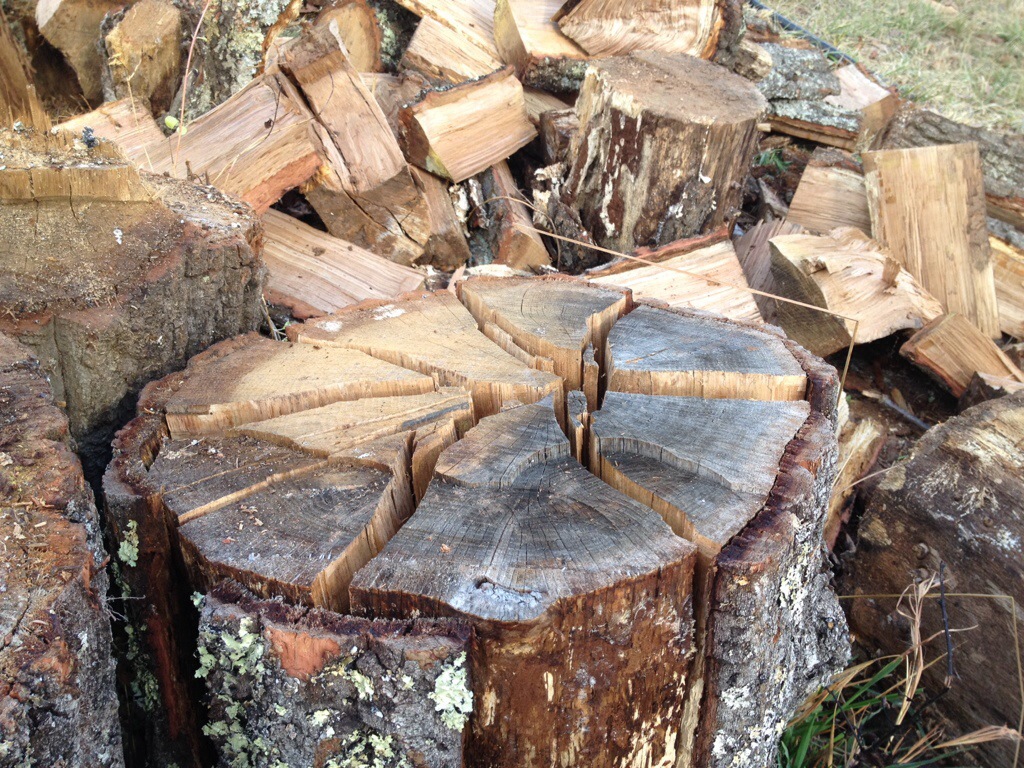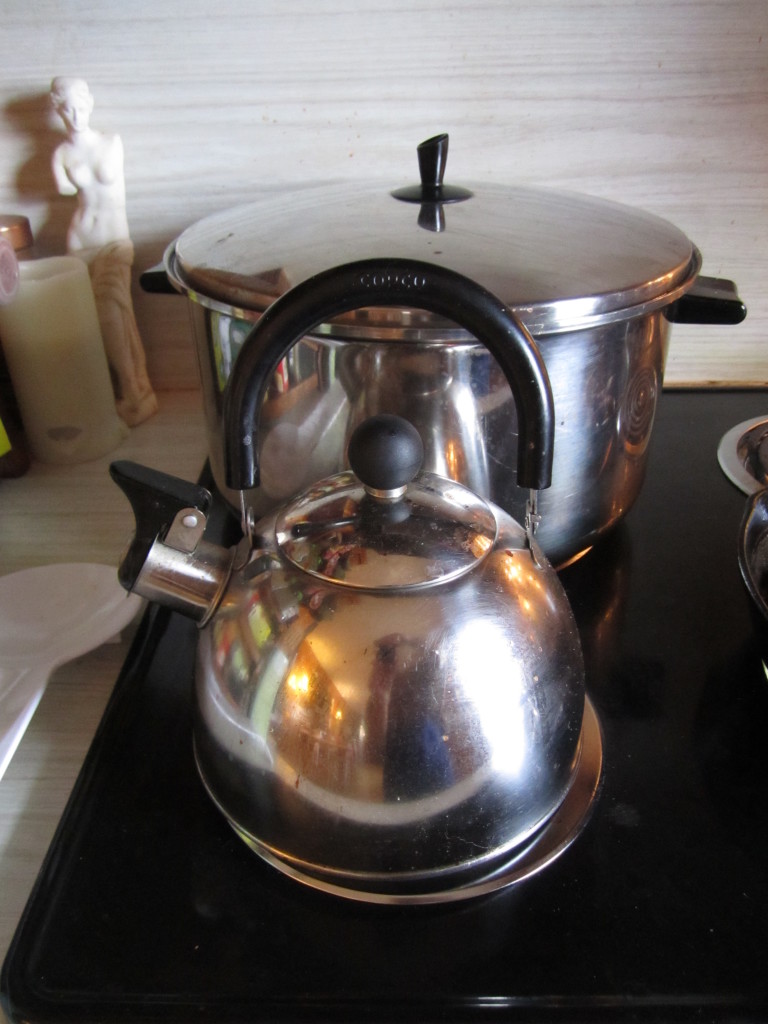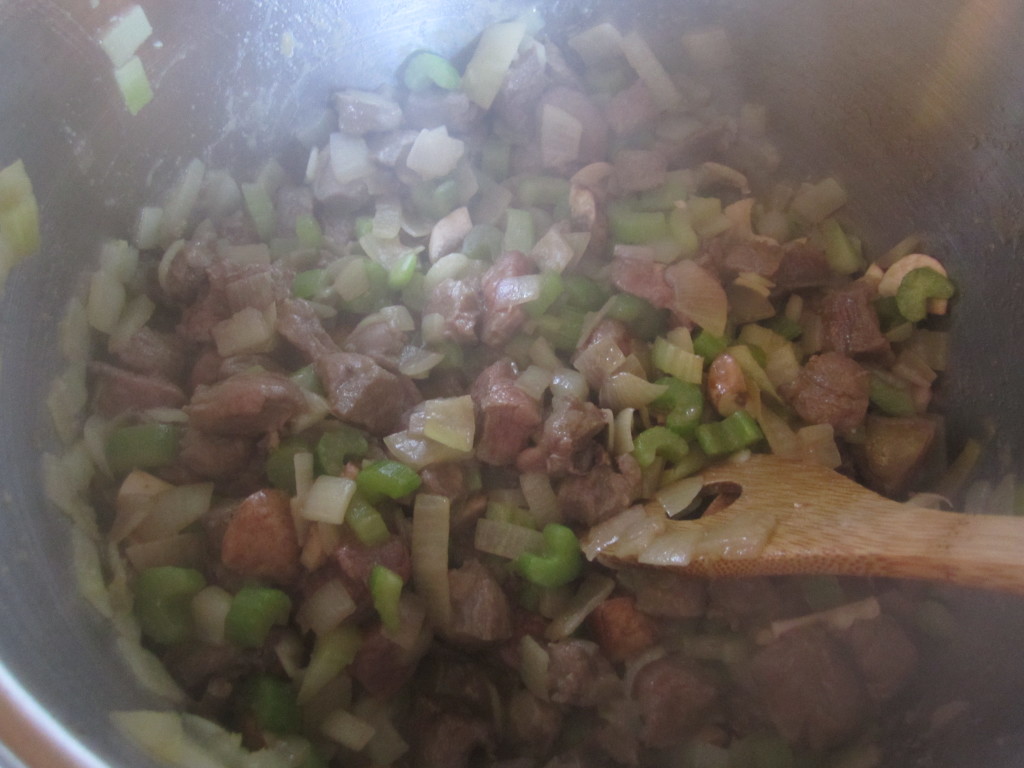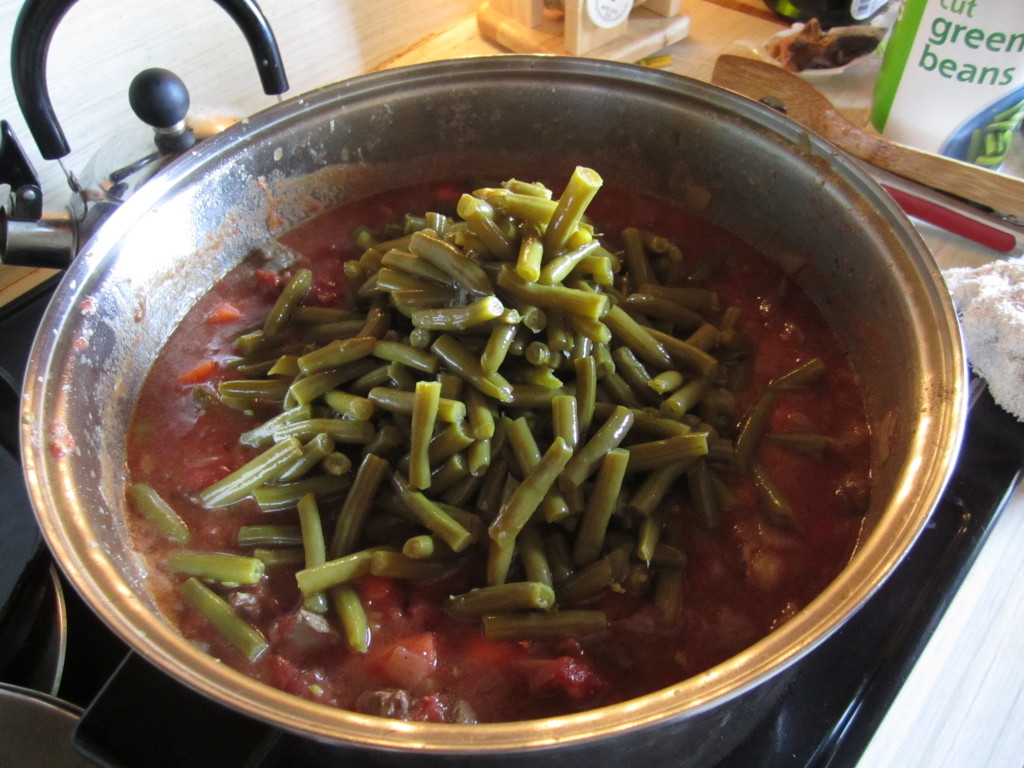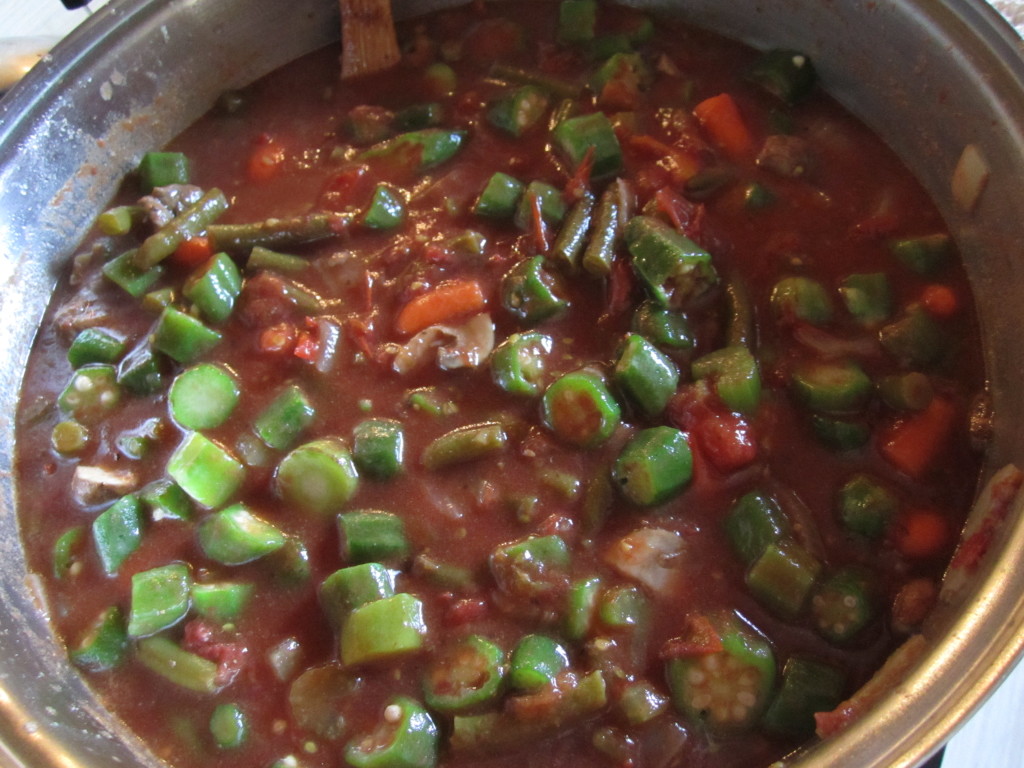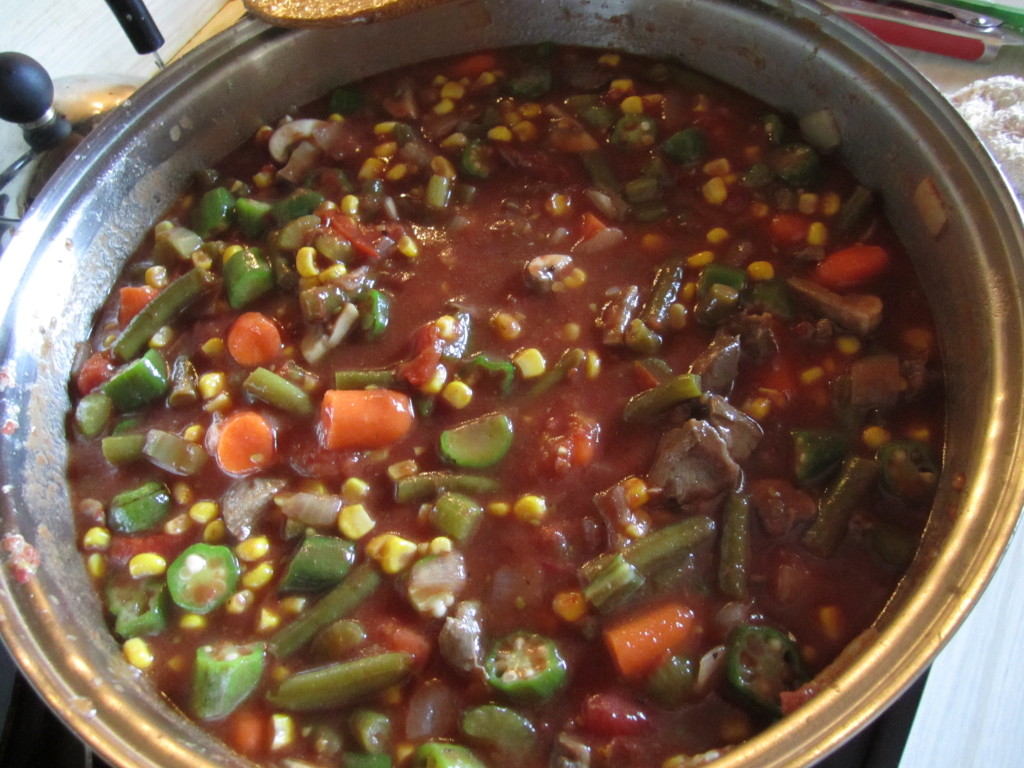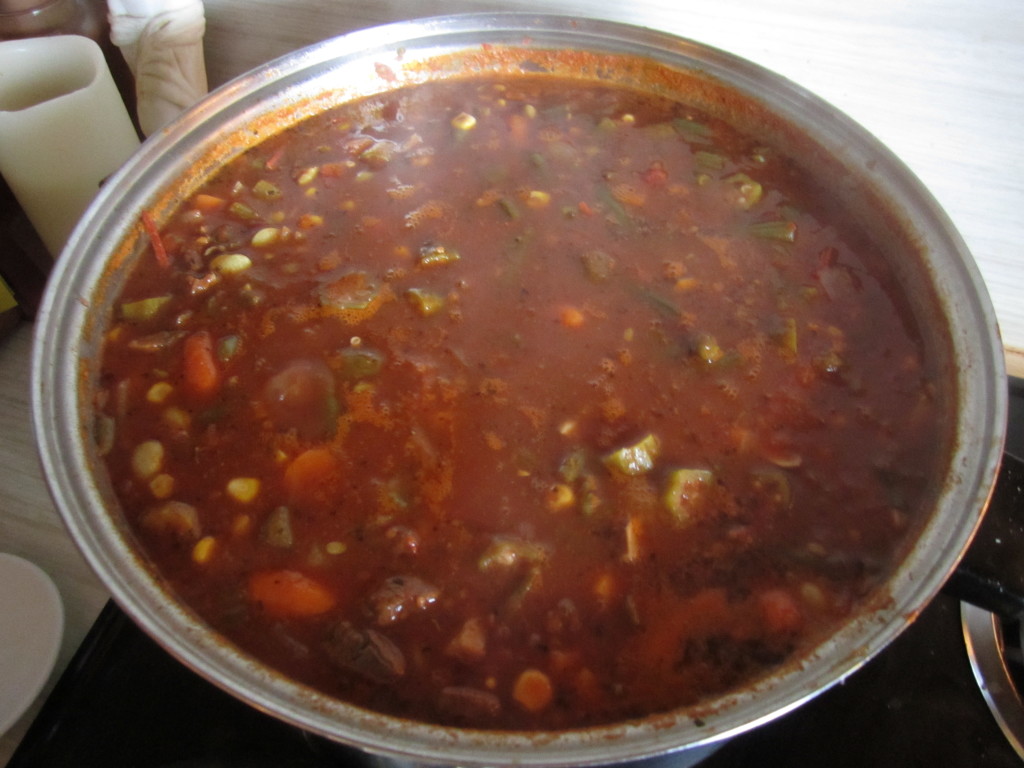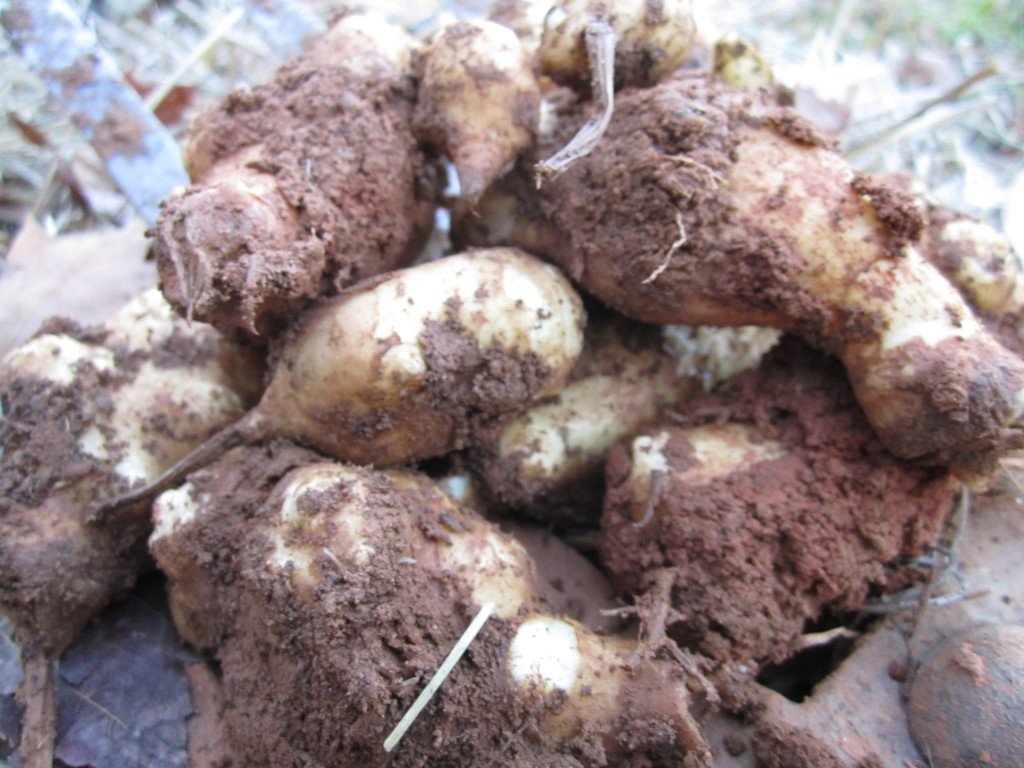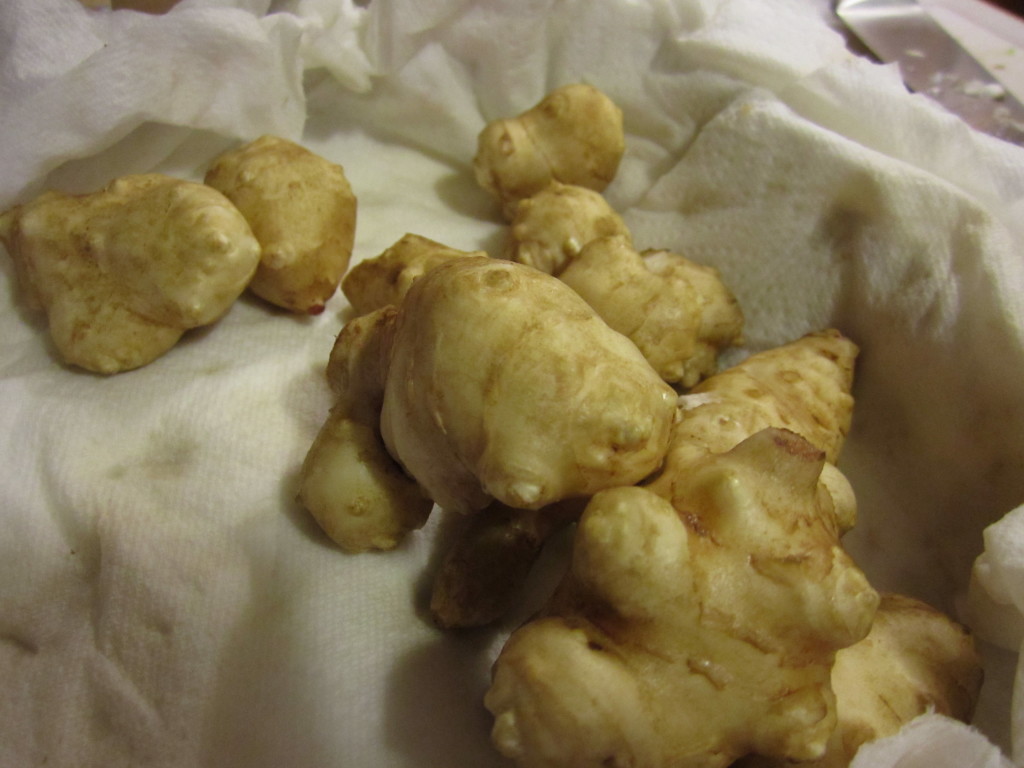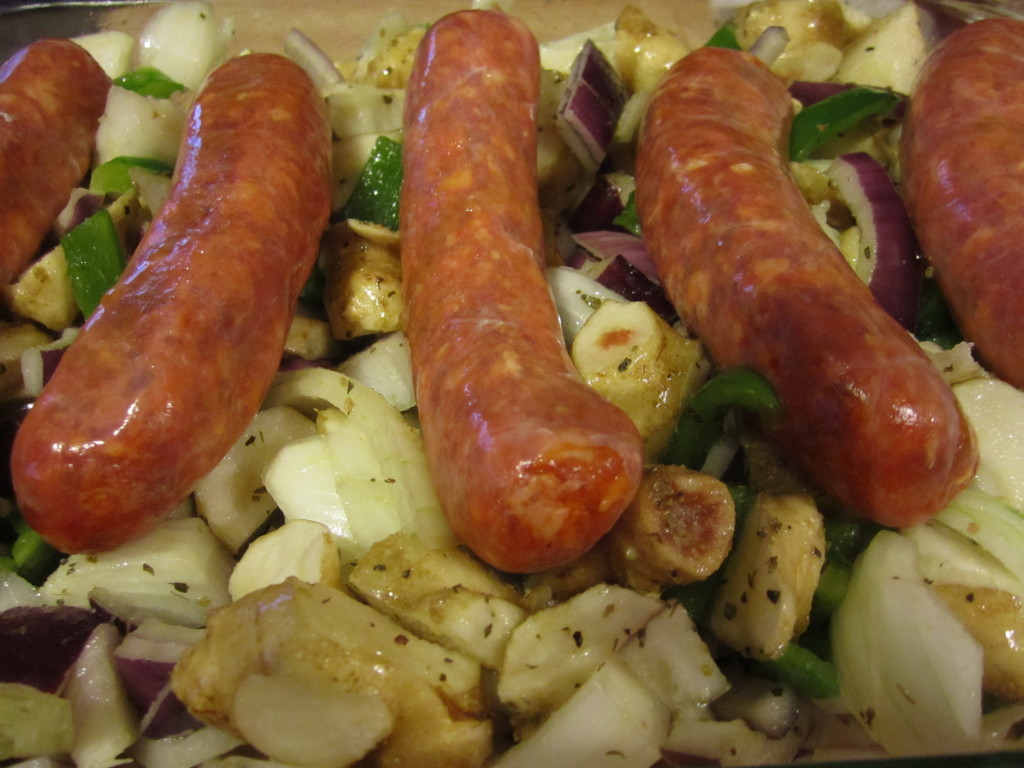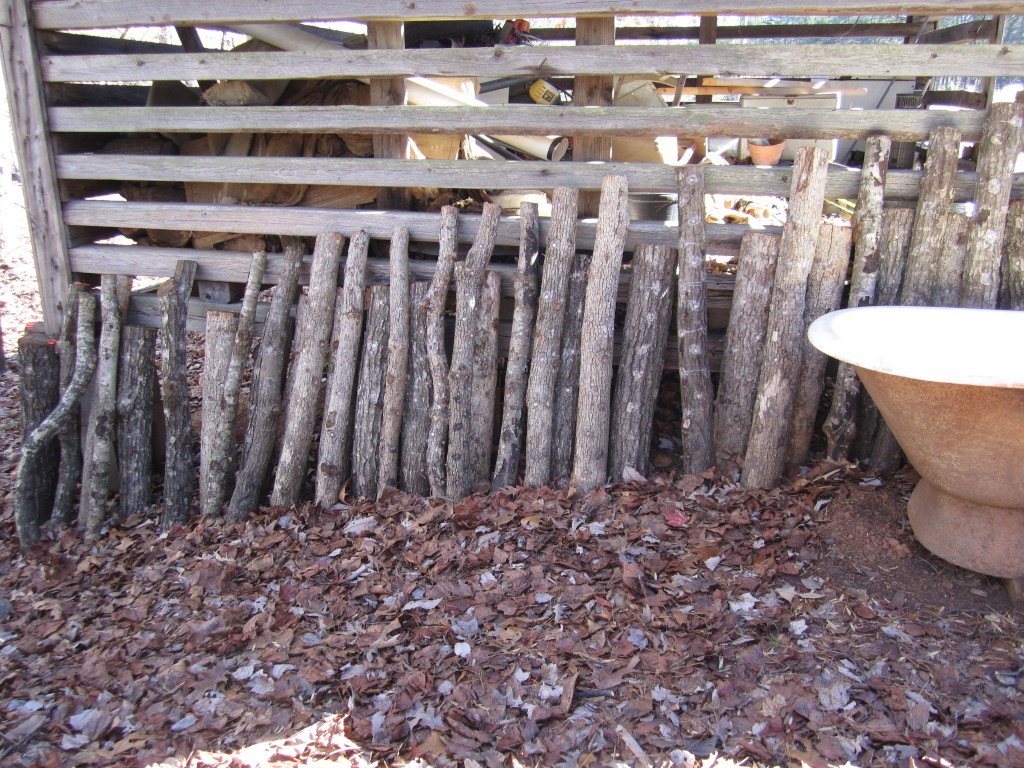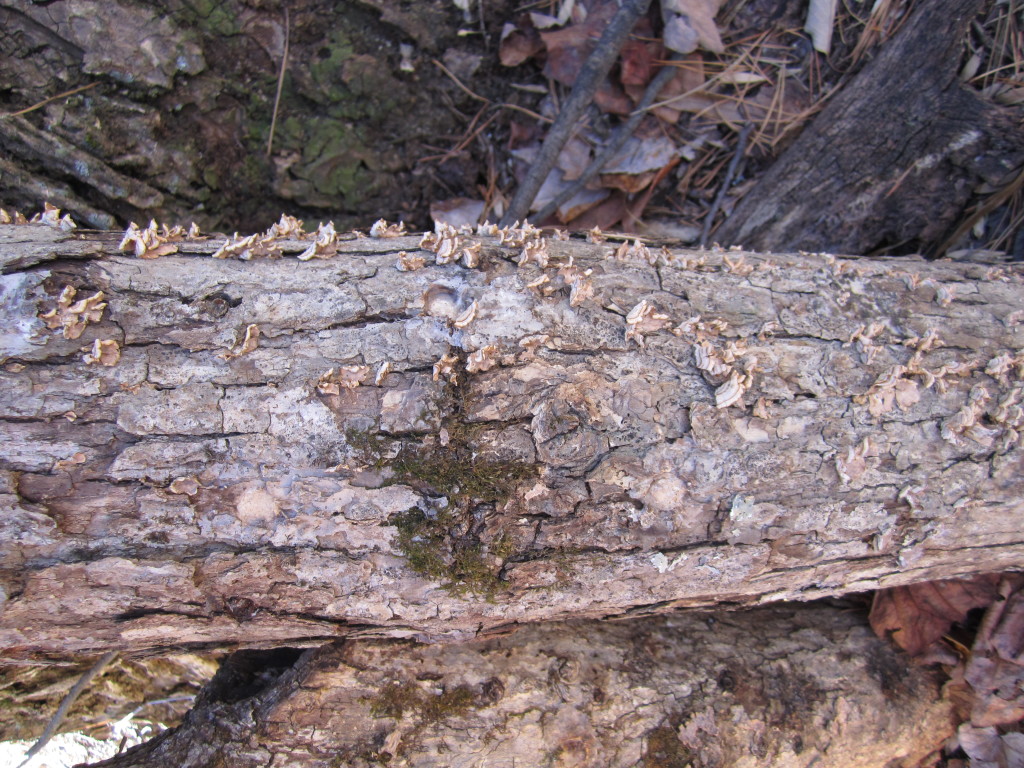After a period of itchy skin and irrirability for Bolt, we decided that it just had to be someting more than the weather. A few months ago he went through the same sort of “spell” and then seemed to get better… His hair grew back on his back and he seemed less annoyed.
And then out of nowhere, really, he got itchy again and seemed less happy about everything.
There is a chance that he has allergies due to the season, but we really think he needs a new diet, one that is better suited for him! We’ve talked before about homemade dog food for Bolt, but since posting our dog food recipe, we found a dry food that seemed to have healthy, natural ingredients. So, since it was much easier to give him the dry food, we started giving him that (with some supplements and meat sometimes).
During his most recent itchy/annoyed period we realized that something had to be done! So we decided to start from the ground up… With his food!
We checked out Dr. Pitcairn’s Complete Guide to Natural Health for Dogs and Cats again to see if there were any easy diets we could find that would help us determine if he was allergic to any ingredients in regular dog food. We found one that is perfect for us, and really easy to make. We’ve tweaked it a bit ourselves to make sure that he’s getting extra protein and fat (since dogs don’t need any carbs anyway). Dr. Pitcairn calls it the Dog Allergy Diet 1, and for the past few days we’ve been giving him only that. We haven’t noticed if he’s gotten less itchy yet, but he is certainly less irritable!
Also, we realized that he really needed a food change when he wouldn’t eat his kibble! He would sit and wait for us to tell him to go to his bowl, but then he wouldn’t go over and eat once we told him to. After a few minutes he would check out the food but then only eat a few bites and go lay down. He wasn’t acting sick in any other ways, so we figured he was fasting since he know the food wasn’t right for him anymore.
This new recipe has him racing to the food bowl when we tell him to go, and eating every single grain of rice! This is great news to us!
Here is our take on Dr. Pitcairn’s Dog Allergy Diet 1:
- Breakfast:
- 1 cup of cooked brown rice
- 1 cup of cooked or raw venison (depending on what we have on hand)
- 1 tablespoon of olive oil
- Dinner:
- 1 cup of cooked brown rice
- 1 cup of venison
- 1 tablespoon of melted coconut oil
- a pinch of holy basil (an herb that promotes calm)
- 1/8 teaspoon of Vitamin C powder
We’ll also be adding two more things to his dinner plate: a complete multi-vitamin for adult dogs and some bone meal (food grade and safe for dogs), but we’re waiting on these to come in the mail. We give him bones sometimes and we plan to make more bone broth, but just in case, we’re getting bone meal as a backup if we’re short on bones or broth for a while.
We’ll see how the diet works out over time, but for now we’re feeling much better about him feeling better!
.:.
